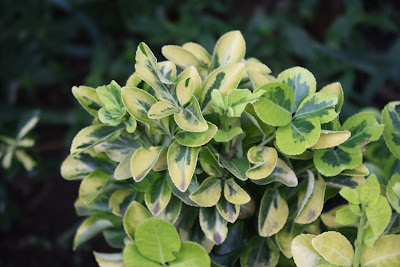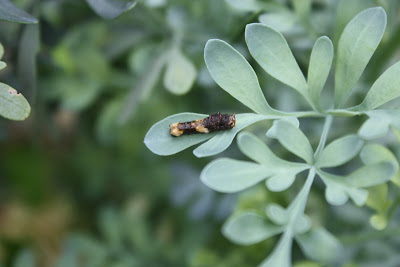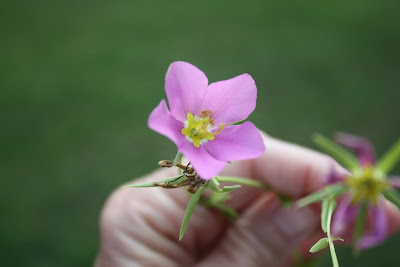by Dr. Vera Krischik, Department of Entomology, University of Minnesota Native plants used in restoration for wildlife and food plants from apples to zucchini require pollinators. Bees and other beneficial insects offer valuable ecosystem services in both natural and managed agriculture ecosystems, so it is essential to protect them. Pollinators and beneficial insects are experiencing serious decline due to insecticide use, lack of nutritionally rich native plants for pollen and nectar, and lack of habitat. Continued loss of pollinators will have an impact on the natural resources and the economy. This issue has been addressed by the Xerces Society, National Research Council Report, the Congressional Research Report, testimony by the National Academy of Sciences to the US Congress, and the media in newspapers and television programs. Cornell Univ : Admire, Condifor, Gaucho, Premier, Premise, Provado, and Marathon contain Imidacloprid.) ( Pesticide Action Network UK - Imidacloprid is

.jpg)
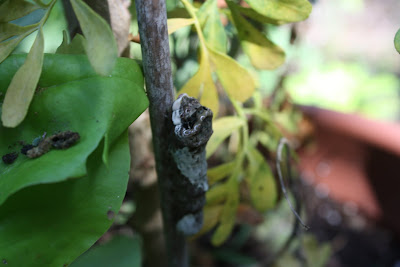
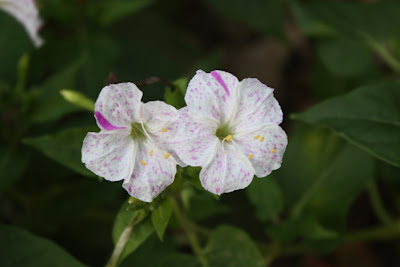
.jpg)
.jpg)


